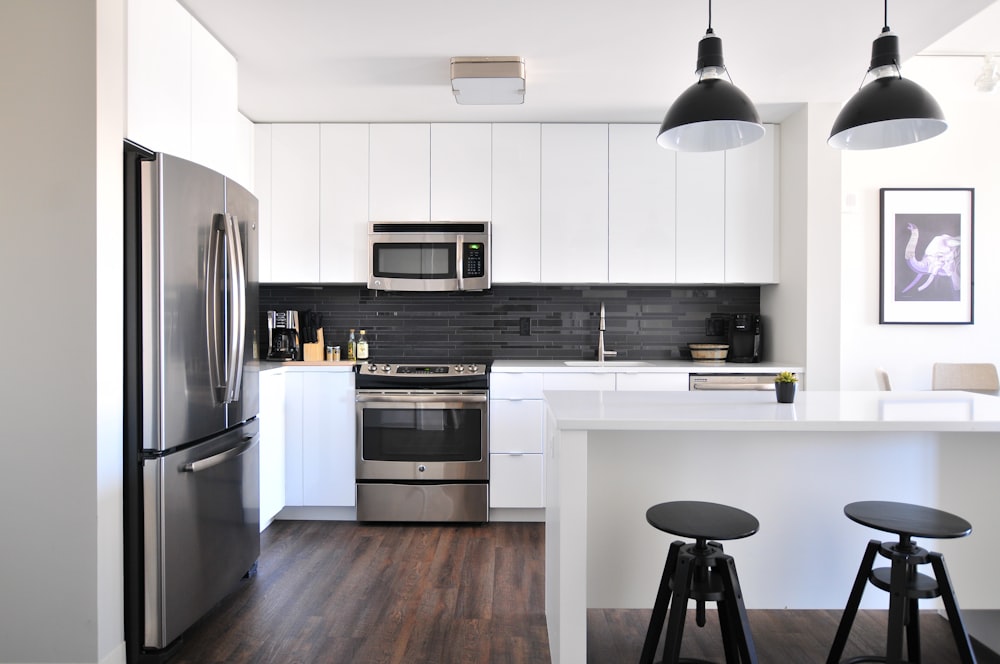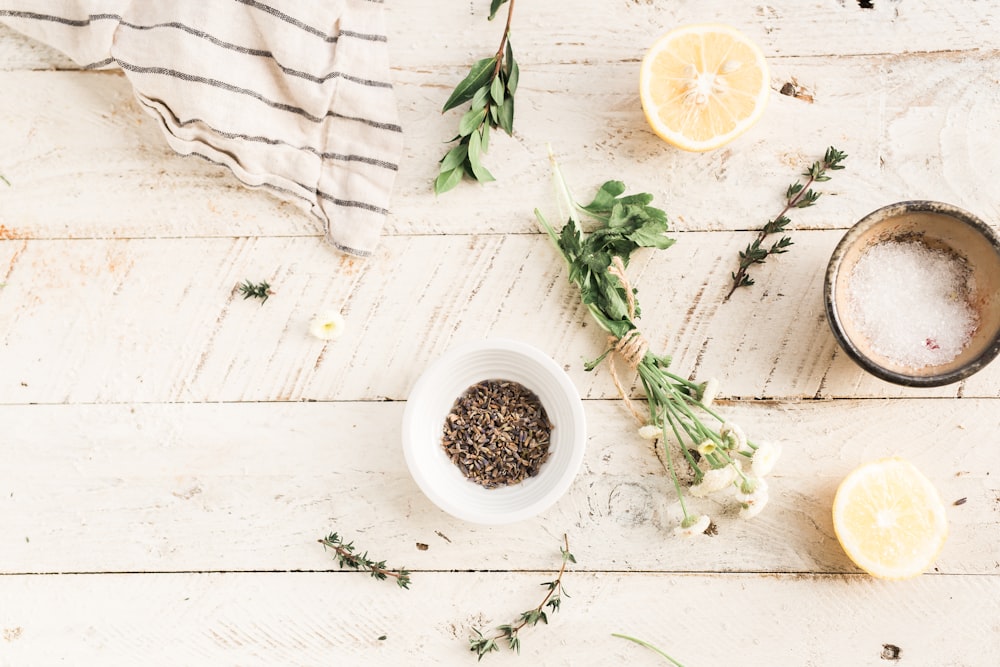leaking
Fixing a Persistent Kitchen Sink Leak Expert Solutions
Identifying the Culprit: Understanding Your Leaky Kitchen Sink
When it comes to household nuisances, few things are as aggravating as a leaky kitchen sink. The constant drip-drip-drip can drive even the most patient person to the brink of insanity. But fear not, for there are solutions to this common problem that don’t involve calling in a pricey plumber. Let’s delve into the heart of the matter and explore how to put an end to that persistent leak once and for all.
Assessing the Damage: Determining the Source of the Leak
The first step in addressing a leaky kitchen sink is to identify where exactly the leak is coming from. Is it emanating from the faucet itself, or is the issue lurking deeper within the pipes? Take a moment to carefully inspect the area under your sink for any visible signs of moisture or dripping water. This will provide valuable clues as to the origin of the leak and help you formulate a plan of action.
Tackling Faucet Leaks: Simple Solutions for a Common Problem
If the leak seems to be originating from the faucet, don’t panic. Oftentimes, this type of leak can be remedied with a few basic tools and a little know-how. Start by turning off the water supply to the faucet and then disassembling the fixture to inspect the various components for wear and tear. In many cases, a worn-out washer or O-ring is to blame for the leak and can be easily replaced with a trip to your local hardware store.
Addressing Pipe Leaks: Dealing with a More Complex Issue
If the leak appears to be stemming from the pipes beneath your sink, you may be dealing with a more complex problem that requires a bit more finesse to fix. Begin by tightening any loose fittings or connections and inspecting the pipes for signs of corrosion or damage. If you spot any cracks or holes, you’ll need to replace the affected section of pipe using a pipe cutter and some replacement piping.
DIY vs. Professional Help: Knowing When to Call in the Experts
While many kitchen sink leaks can be successfully remedied with some DIY know-how, there are instances where it’s best to leave the job to the professionals. If you’re uncomfortable working with plumbing or if the leak is particularly severe, don’t hesitate to reach out to a licensed plumber for assistance. While it may cost you a bit more upfront, hiring a professional can save you time, frustration, and potentially costly repairs down the line.
Preventative Measures: Avoiding Future Leaks
Once you’ve successfully addressed the leak in your kitchen sink, it’s important to take steps to prevent future leaks from occurring. Regularly inspect the area under your sink for any signs of moisture or damage, and promptly address any issues you encounter. Additionally, consider investing in a leak detection system or adding a drip tray beneath your sink to catch any minor leaks before they have a chance to cause significant damage.
Conclusion: Putting an
Understanding and Repairing Kitchen Sink Leaks Below
Addressing Underneath Kitchen Sink Leaks
Understanding the Issue:
Underneath kitchen sink leaks can be a real nuisance, causing damage to cabinets, flooring, and potentially leading to mold growth if left unattended. Understanding the root cause of the leak is the first step in addressing the problem effectively.
Identifying Common Causes:
There are several common reasons why leaks occur underneath kitchen sinks. These include loose connections, worn-out seals, corrosion, and even cracks in the sink basin itself. Taking the time to identify the specific cause of the leak will help in determining the best course of action for repair.
Inspecting Connections and Seals:
One of the primary areas to check when dealing with underneath sink leaks is the connections to the faucet, drain, and garbage disposal if present. Over time, these connections can become loose or damaged, leading to water seepage. Inspecting and tightening these connections, as well as replacing any worn-out seals, can often resolve the issue.
Checking for Corrosion:
Corrosion is another common culprit when it comes to underneath sink leaks, especially in older plumbing systems. Over time, metal pipes and fittings can corrode, leading to cracks and leaks. Carefully inspecting the pipes and fittings for signs of corrosion and replacing any damaged components can help prevent further leakage.
Repairing Minor Cracks:
In some cases, minor cracks may develop in the sink basin or pipes, leading to leaks. These cracks can often be repaired using epoxy putty or plumber’s tape. However, it’s essential to ensure that the area is thoroughly cleaned and dried before attempting any repairs to ensure a proper seal.
Replacing Damaged Components:
If the leak persists despite your best efforts to repair it, it may be necessary to replace damaged components entirely. This could include replacing worn-out seals, corroded pipes, or even the entire sink basin if it’s beyond repair. While this may require more time and effort, it’s essential for preventing further damage and ensuring long-term stability.
Preventing Future Leaks:
Once you’ve addressed the immediate issue of the underneath sink leak, it’s crucial to take steps to prevent future leaks from occurring. This includes regular inspections and maintenance, avoiding putting excessive weight on the sink, and promptly addressing any plumbing issues as they arise.
Seeking Professional Help:
If you’re unsure about how to address the underneath sink leak or if the problem persists despite your efforts, don’t hesitate to seek professional help. A licensed plumber will have the expertise and equipment necessary to diagnose and repair the issue effectively, saving you time, money, and frustration in the long run.
Conclusion
Remember, dealing with underneath kitchen sink leaks requires patience, attention to detail, and sometimes professional assistance. By understanding the common causes of leaks, inspecting connections and seals regularly, and taking proactive measures to prevent future issues, you can keep your kitchen sink running smoothly for years to come. Read more about kitchen sink leaking underneath
Clogged, Old Or Leaking Pipes? Try These Tips!
Every once in a while, we have questions about plumbing. Be it a do-it-yourself repair or just general preventative maintenance, we need plumbing advice. The following article is going to give you advice to help you with any plumbing situation.
Obnoxiously loud pipes that like to squeal and hammer are easy situations to correct. You must anchor all exposed pipes. It may be necessary to hire a professional to address noisy pipes that are located in less accessible places in your home.
To prevent your frozen pipes from bursting, leave the nearest faucet on to give the water a way to escape. This can prevent damage to your house because it lets the pressure that is in the pipe out, and keeps it from bursting.
You should have your septic tank pumped once every five years for best performance. Doing this prevents any sediment from getting built up within the tank, which causes a backup in your home or causes your entire septic system to fail. In this case, the cost of prevention definitely outweighs having your septic backing up into your house or failing.
Knowing which tools to use and how to operate them is essential to any aspiring plumber. Read all the user manuals, and make use of the library and internet to learn all about projects you can do by yourself. Be sure to plan before starting a repair, because it can be expensive to fix mistakes.
If you have a clogged toiled with a lower water lever, and the plunger isn’t working, try pouring in some warm water directly into the toilet. Do this every time the water level gets too low.
Feel the floors around the toilets to see if they are soft; this will help you know if you have any damage. Sit on your toilet and sway across both feet to feel if there are any spots less firm than the others. Identify any damage and repair it before it gets worse. In the long run, you are likely to save money by not putting off the repair.
Give all drains strainers to gather particulate matter that can clog pipes. Whenever large particles become trapped in the strainer, remove them. Those in the bathtub should be cleaned out periodically, as needed.
A great maintenance routine for bathtub drains is to pour baking soda and vinegar into the drain opening once a month. Put a rag over the drain afterward, though, to keep the chemicals from coming back up after the reaction. After about 10 minutes you can flush the pipes out with boiling water. Doing this periodically should keep your pipes free of hair and soap scum.
Ensure that your sink’s overflow holes are clear. If your sink starts to overflow, the water will run into the overflow holes, this might not be a huge issue, unless they are clogged. When you’re periodically checking your sink for possible problems, take the time to clean out the overflow holes.
Always learn about the options …


